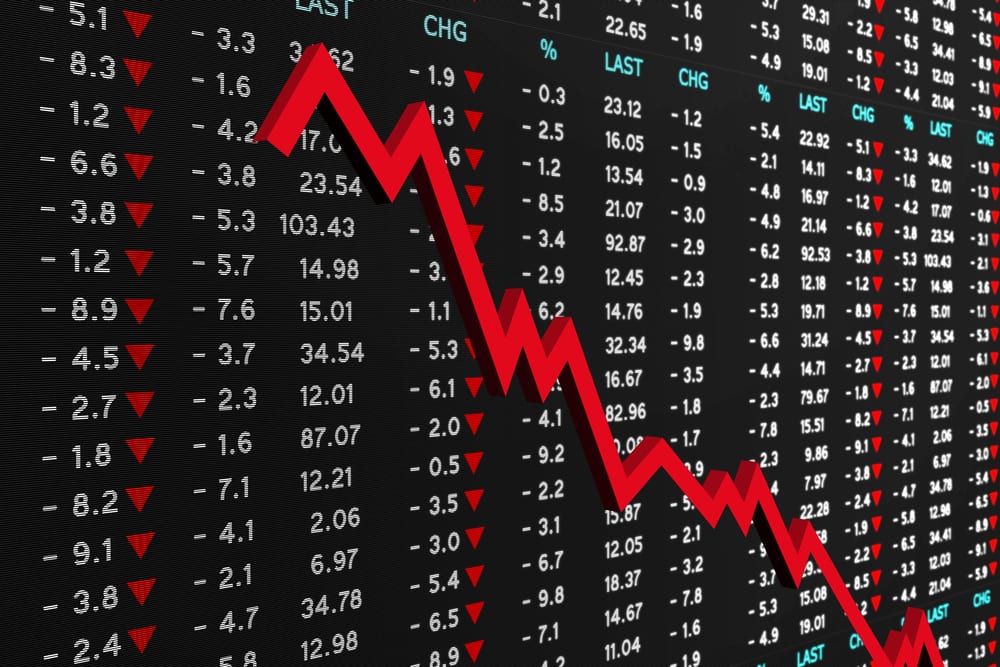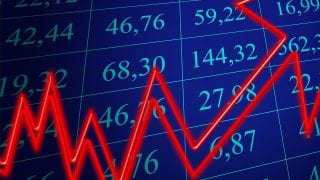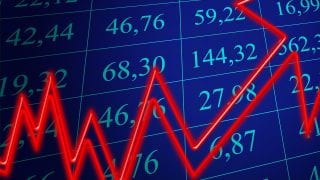Option spread strategies are simultaneous purchases and sales of the same class option on the same basic security but with different expiration dates or with a different strike price. Let us use the example of Class C share price of Alphabet, Inc. (NASDAQ: GOOGL) from an article to explain.
The Alphabet, Inc. is trading stock traded around $1,275 per share in 2020 but it went for about $800 per share in October 2016. Instead of just buying an out-of-the-money call option on Alphabet, Inc. at a slightly higher price than where it currently trades, suppose I want to engage in a spread option trade to reduce risk and protect my investment.
Bull Call Spread
A bull call spread means that I will buy one in-the-money call option, and I will sell one out-of-the-money call option. This is generally a good strategy to take advantage of an asset’s share price increasing moderately over a few months.
Let’s imagine our chosen stock’s share price traded around $800. I could enter a bull call spread by buying a call that is already in the money (ITM). This means that the strike price — $760 per share for example — is lower than the share price of $800. At the same time, I would write a call for the same expiration date that is out of the money (OTM) with a strike price around $825.
The in-the-money call should cost me approximately $55, while the out-of-the-money call will make me about $20. My debit for entering this trade is $55 minus $20, which equals $35. These prices are per each share. Option contracts are generally written for 100 shares. Therefore, my total debit at the beginning of this strategy will be $3,500.
I will address methods for picking strike prices and expiration dates at another time. At this point, it is important that you understand how option spreads look, what some of the costs and benefits are, and why you should use option spreads. The main advantage of the bull call spread is that I have reduced my expense in buying a call by selling a call that is out of the money.
You might notice that I have also reduced my potential upside relative to buying a simple call option. That is absolutely correct. However, with option spread trading, my goal is not to extract the highest gain possible on just the successful trades. Option spread trading is a long-term strategy with a goal to reduce my risk and increase the likelihood of profit on every single trade.
Bear call spread
What If I believe that share prices of a stock have risen too far, too fast, and it could be ready to drop? This is a bearish stance, and I want to go short on the stock options. In this case, I will use a bear call spread. One major benefit of the bear call spread is that it immediately puts money in my pocket. When I engage in a bear call spread, I buy one out-of-the-money call, and I sell one in-the-money call.
Selling the in-the-money call might seem alarming. A trader who buys the in-the-money-call could ask immediately to exercise the option. While that is true, there is a premium for buying the in-the-money option. Therefore, the likelihood that the option will be exercised immediately is low, though it must be considered.
The expectation for this bear spread option strategy is that the underlying security is on the way down. Therefore, both call options will expire worthless. This allows me to pocket the entire payment for selling the call.
Bear call spread example
Let us take another look at our example. If our chosen stock’s shares trading at $800 in October, I could decide to sell a November call with a $770 strike price for $30. At the same time, I buy a November call at a $820 strike price for $15. My net credit for entering this trade is $15. The best outcome would be if my assumptions are correct and the stock’s share price drops below the lower of the two strike prices — $770 in this example. In that case, all options expire worthless and I get to keep the $15 credit.
If my assumptions are incorrect and the stock price increases, I will lose money on the trade. Let us assume that the share price increases to $850. In that case, both calls will expire in the money. The call at $820 would have an intrinsic value of $50. The call I sold at the $770 strike price would have an intrinsic value of $80. The spread between these two options is a loss of $30. However, I get to keep the $15 credit for entering the trade. That reduces my net loss to $15 per share on the trade — $1,500 for the full contract of 100 shares.
These two option spread strategies give you a basic idea of what you can accomplish with option spread trading. These strategies do limit the profit potential on each individual trade. But, option spread trading also limits the downside and minimizes loss risk. The main objective of option spread trading is to generate sustainable profit with minimum risk.
———-

Billy Williams is a 25-year veteran trader and author. For a free strategy guide, “Fundamentals for the Aspiring Trader”, and to learn more about profitable trading, go to www.stockoptionsystem.com.




